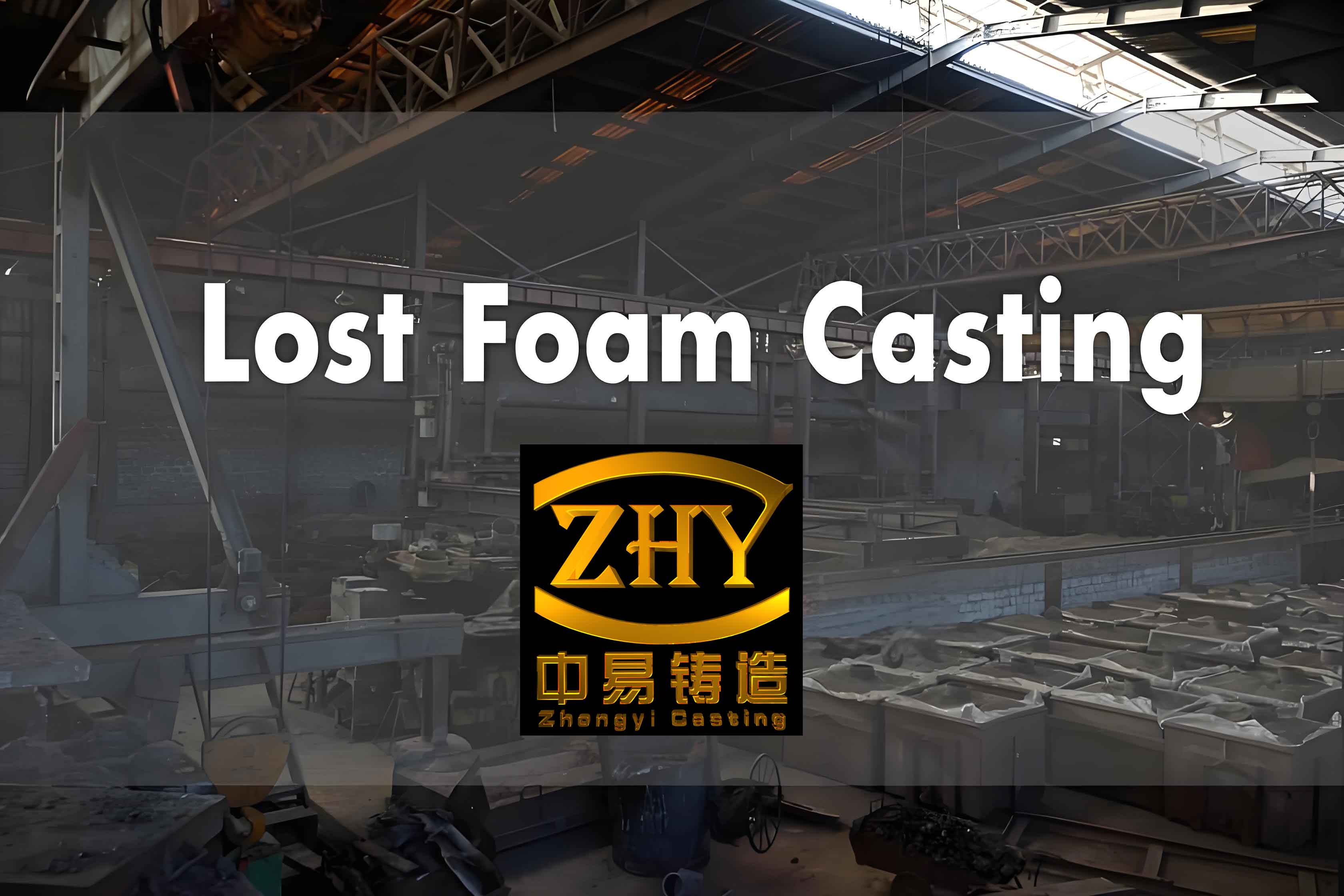Abstract:
The process design and numerical simulation of lost foam casting for grey iron end caps. By adopting an orthogonal experimental approach, the influence of pouring temperature and vacuum degree on the pore volume of the end cap castings was investigated when implementing the bottom-gating pouring process. Production validation was conducted based on the optimized pouring temperature and vacuum degree parameters. The results indicate that the top-gating and middle-gating pouring schemes result in significant shrinkage cavities at the top of the castings, whereas the bottom-gating pouring scheme performs better. The optimized pouring temperature is 1,420°C, and the vacuum degree is 0.06 MPa. With these process parameters, the pore defect volume of the end cap castings is minimized at 3.005 cm³, the process yield rate is 77.7%, and the structure and performance of the castings meet the requirements. This research provides a reference for the design of lost foam casting processes for end cap-type iron castings and holds practical application value.

1. Introduction
Lost foam casting technology, as a new casting technology of the 21st century, has been widely adopted domestically and internationally due to its high production efficiency, low production costs, and suitability for mass production of castings [1-4]. Studies have explored various aspects of this technology, such as the influence of vibration solidification on the microstructure and properties of grey iron in lost foam casting [5], the process factors causing glossy carbon defects in ductile iron castings produced by lost foam casting [6], and the influence of vibration frequency on matrix density, primary phase size, and grey iron properties [unspecific references].
The presence of the foam pattern in lost foam casting leads to significant differences in the mold filling process compared to traditional cavity casting, and castings are prone to defects such as pores, inclusions, shrinkage porosity, and shrinkage cavities [7-12]. To address these issues, numerical simulation technology has been increasingly utilized to predict casting defects and analyze the causes and locations of these defects [13-19]. In this paper, the ProCAST software was employed to simulate the influence of casting process parameters on the pore volume of grey iron end caps, providing theoretical guidance for the design of the lost foam casting process for grey iron end caps.
2. Design of the Lost Foam Casting Process for Grey Iron End Caps
2.1 Chemical Composition
The end cap castings are made of HT200 material, with its chemical composition detailed in Table 1.
Table 1: Chemical Composition of HT200 Alloy
| Element | ω(C)/% | ω(Si)/% | ω(Mn)/% | ω(P)/% | ω(S)/% |
|---|---|---|---|---|---|
| Content | 3.3-3.5 | 1.9-2.3 | 0.6-0.8 | ≤0.30 | ≤0.12 |
2.2 Casting Structure
The three-dimensional modeling of the end cap, with overall dimensions of 120 mm × 240 mm × 240 mm, a gross weight of 9.259 kg, and a minimum wall thickness of 9 mm.
2.3 Gating System Design
To improve production efficiency, this paper adopts a process scheme where one gating system produces two pieces, designing top-gating, middle-gating, and bottom-gating systems. Compared with traditional casting methods, the cross-sectional area of the gates in lost foam casting is larger, typically 20%-50% larger for iron castings.
The calculation formula and results for the cross-sectional area of each gating system component are provided (omitted for brevity), but the final calculated results are summarized.
3. Numerical Simulation and Optimization of the Casting Process
3.1 Simulation of the Mold Filling and Solidification Processes
Using ProCAST software, simulations were conducted for the mold filling and solidification processes of the top-gating, middle-gating, and bottom-gating systems. The simulation results for the mold filling process of the bottom-gating system and the solidification process of the middle-gating system (omitted for brevity but can be represented with respective descriptions).
3.2 Orthogonal Experimental Design and Results
Based on the process characteristics of the end cap castings, top-gating, middle-gating, and bottom-gating pouring schemes were designed. An orthogonal experimental design was employed to study the influence of pouring temperature and vacuum degree on the mold filling, solidification process, and pore volume of the end caps in lost foam casting. The experimental design and results are summarized.
4. Analysis and Discussion
4.1 Comparison of Pouring Schemes
For the designed top-gating, middle-gating, and bottom-gating pouring schemes, significant shrinkage cavities were observed at the top of the castings for the top-gating and middle-gating schemes, indicating that the bottom-gating pouring scheme performs better.
4.2 Influence of Process Parameters
In the bottom-gating pouring scheme, the primary and secondary order of influence of various factors on casting quality is vacuum degree > pouring temperature. Compared to pouring temperature, the vacuum degree has a more significant influence on the end caps.
4.3 Optimization of Process Parameters
The optimized process parameters for the bottom-gating pouring scheme are a pouring temperature of 1,420°C and a vacuum degree of 0.06 MPa. At these parameters, the pore defect volume is minimized at 3.005 cm³, and the process yield rate is 77.7%.
5. Conclusions
- Among the designed top-gating, middle-gating, and bottom-gating pouring schemes, significant shrinkage cavities were observed at the top of the castings for the top-gating and middle-gating schemes, while the bottom-gating pouring scheme performed better.
- In the bottom-gating pouring scheme, the primary and secondary order of influence of various factors on casting quality is vacuum degree > pouring temperature. The vacuum degree has a more significant influence on the end caps compared to pouring temperature.
- The optimized process parameters for the bottom-gating pouring scheme are a pouring temperature of 1,420°C and a vacuum degree of 0.06 MPa. At these parameters, the pore defect volume is minimized at 3.005 cm³, and the process yield rate is 77.7%.
This research provides a reference for the design of lost foam casting processes for end cap-type iron castings, offering a basis for shortening trial production cycles, reducing production costs, and improving economic benefits.
